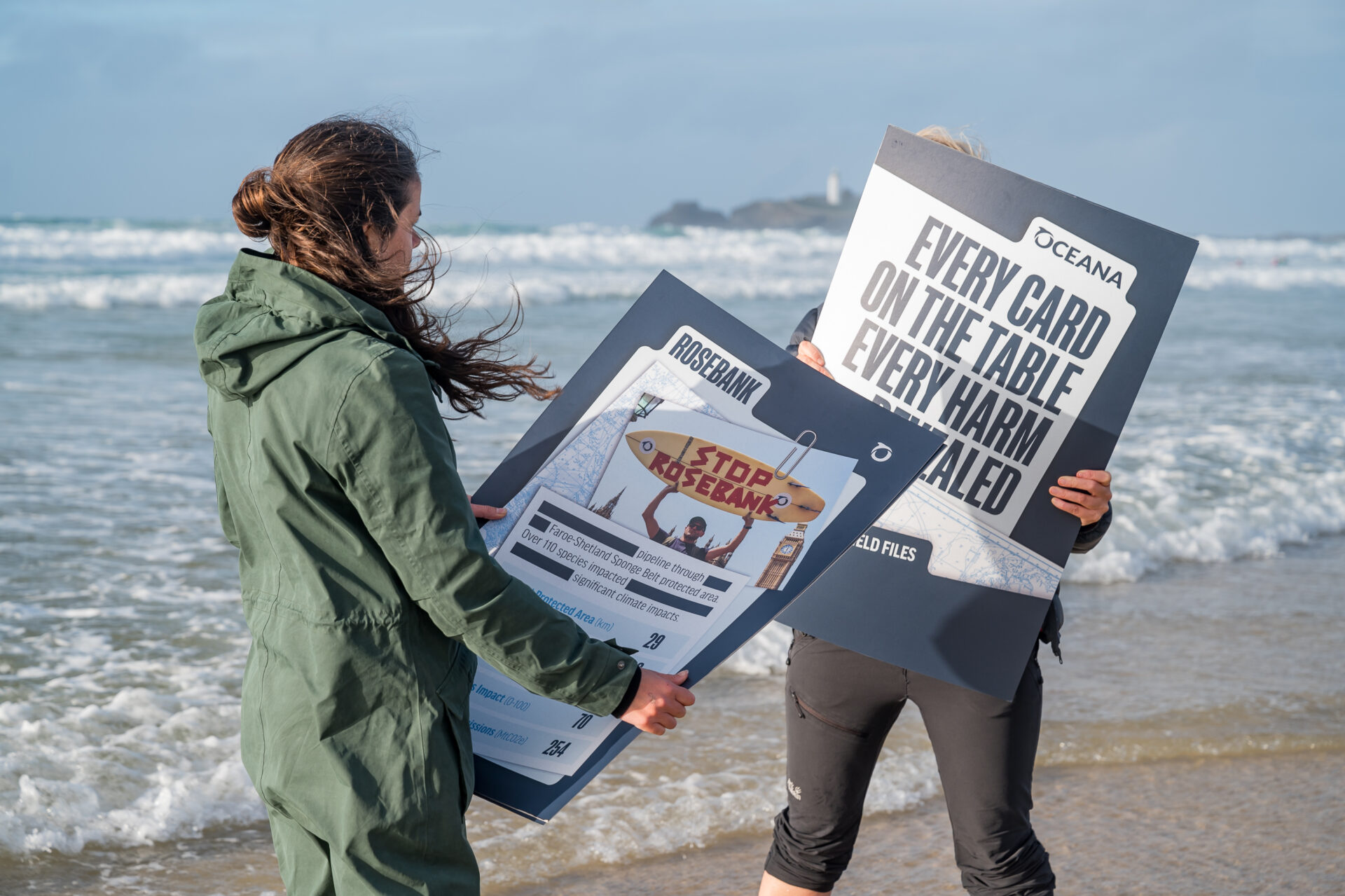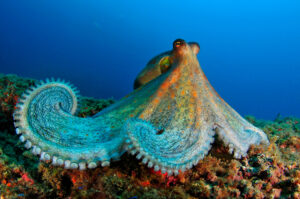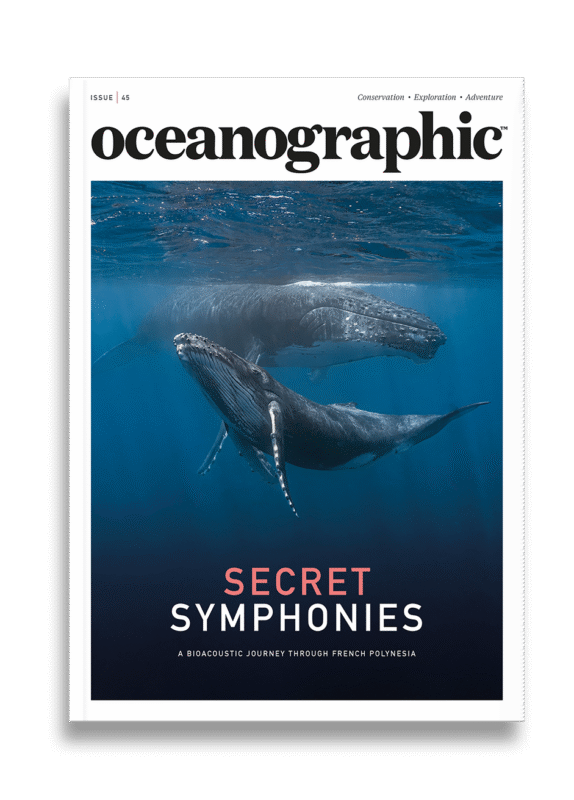Marine wildlife threatened by North Sea oil fields despite pledges
At least 22 North Sea oil and gas fields have cleared initial licensing hurdles but remain without full approval for production - a grey area that Oceana UK has warned, threatens some of the UK’s most sensitive marine ecosystems.
At least 22 North Sea oil and gas fields have cleared initial licensing hurdles but remain without full approval for production – a grey area that ocean advocates and organisations have warned, threatens some of the UK’s most sensitive marine ecosystems.
While the UK government has committed to halting new oil and gas licenses as part of a transition to a cleaner energy economy, its stance on these pre-existing fields remains opaque.
Analysis by Oceana UK warns that allowing full production to proceed would cause severe harm to UK seas and marine life. Five of the fields lie within marine protected areas (MPAs), with a further three located within five kilometres. One prospective site sits inside the Dogger Bank MPA, a critical spawning ground for cod and mackerel, species already at high risk from overfishing.
Oceana’s research identifies at least 36 commercially important fish species that could be jeopardised if extraction moves forward.
Other protected areas under threat include habitats crucial for harbour porpoises, grey seals, and the Fulmar MPA, home to the long-lived and carbon-storing ocean quahog clam. Named after a vulnerable seabird, this MPA illustrates the cascading ecological consequences of oil pollution, with these clams playing key roles in water quality, habitat formation, and carbon sequestration over lifespans that can exceed 500 years.

The government is currently consulting the public on the Rosebank field, whose consent was previously overturned by the courts after judges ruled the environmental impact assessments failed to account for emissions from the oil’s eventual combustion.
Oceana’s findings suggest that just 14 of the 22 fields could generate over 900 million tonnes of greenhouse gas emissions – estimates for the remaining fields are unavailable due to insufficient data.
“Most of these fields will not produce oil or gas for many years, and some may never do so,” said Naomi Tilley, Oil & Gas Campaign Lead at Oceana UK. “Yet even in their early stages, they cause significant harm to marine ecosystems. Any oil extracted will be sold internationally, providing no relief for UK household energy bills, while profits accrue to private companies – not the public.”
In their latest investigation, Tilley has emphasised the discrepancy between government rhetoric and ecological reality: “Full-scale production in these fields has not been approved, and the government could and should refuse onward consents. Prioritising short-term profits over nature-positive, renewable energy jobs is not ‘honourable.’ It is reckless.”
To illustrate the stakes, Oceana UK has launched a card game highlighting the potential environmental damage of each field, from proximity to protected areas to impacts on fisheries and carbon emissions. “If your card is more damaging, you lose. The player who collects all oil fields is the ultimate loser. In reality, allowing any of these fields to proceed makes losers of us all,” concluded Tilley.


"*" indicates required fields
Printed editions
Current issue
Back issues

Back Issues
Issue 43 Sir David Attenborough’s ‘Ocean’

Back Issues
Issue 41 Holdfast to the canopy
Enjoy so much more from Oceanographic Magazine by becoming a subscriber.
A range of subscription options are available.





